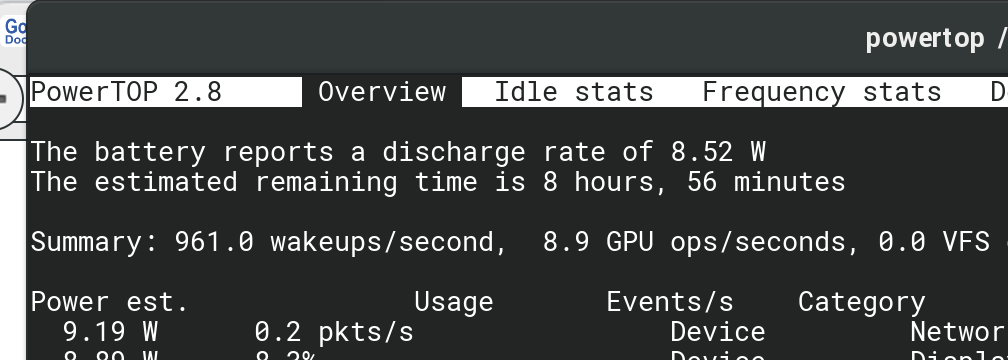Usually, comments are not worth commenting on but this one, on a story about the Dell EMC merger, is worth pointing out:
“I’m just fascinated by the fact that in 2016 there are still huge companies like this making their money on ancient tech that is insanely overpriced to the alternatives.”
You’re not wrong.
The problem with your point of view (which I share – it is also my point of view) is that you’re operating on the wrong layer of abstraction.
These customers don’t need a server (or a network or a SAN) – they need business objectives to be met – again, at a very highly abstracted layer.
You’re thinking about technology and capabilities and features and configuration options … and maybe you’re even thinking about price … but that’s not the layer they are operating at. They need an airplane to be built. They need a mine to be dug. They don’t care about LUNs or stripe sizes or jumbo frames. They do care about contracts and legal commitments and “synergy”. And that’s why they rely on heuristics like business lunches and enterpris-ey sales guys and CIA guys giving keynotes at RSA.
I don’t like working at that layer of abstraction so I built a business that operates on the layer I like to work at.[1] But as much as I dislike the higher layers of abstraction, it would be childish of me to think they were “wrong”.
[1] You know who we are.
